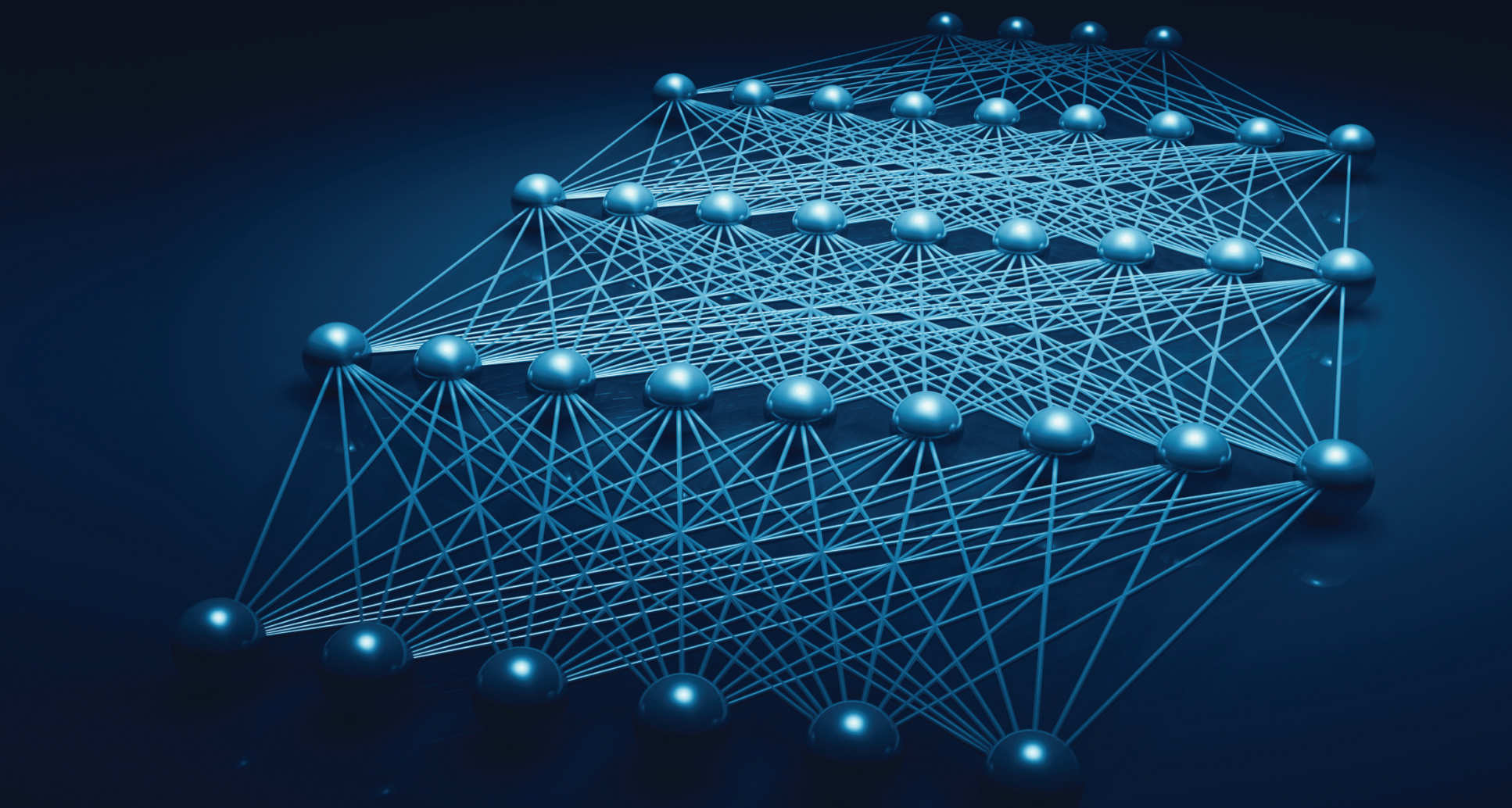Artificial Intelligence (AI) has been making significant strides in various industries, and the gaming industry is not an exception. The use of neural networks, a key component of AI, is transforming the virtual worlds created in games by adding new levels of realism and interactivity.
Neural networks are designed to mimic the human brain’s operation. They consist of interconnected layers of nodes or “neurons” that can process information and learn from data patterns. In gaming, these networks can be trained to understand and respond to player behavior, creating a more dynamic and immersive experience.
One way neural networks are revolutionizing gaming is through non-playable character (NPC) development. Traditionally, NPCs follow pre-programmed scripts which limit their actions based on specific triggers or conditions. However, with neural network for texts networks’ ability to learn from past experiences and adapt accordingly, these characters can exhibit more realistic behaviors. For instance, they could react differently depending on the player’s actions or even develop unique personalities over time.
Another area where neural networks excel is in procedural content generation – creating game elements like maps or levels automatically rather than manually designing them. By training a network using examples of well-designed game content, it can generate new elements that fit seamlessly within the existing game world while maintaining high quality standards.
Neural networks also play a crucial role in improving graphics rendering techniques for video games. Ray tracing technology uses AI-powered denoising algorithms to create highly realistic lighting effects efficiently. This technique allows for stunning visual detail without compromising performance – something that was previously challenging to achieve.
Furthermore, competitive multiplayer games benefit significantly from AI integration via cheat detection systems powered by neural networks. These systems analyze player behavior patterns to identify potential cheats accurately – offering fair gameplay environments for all players involved.
In terms of accessibility features too – AI comes as a boon; developers use it for automatic speech recognition (ASR), natural language processing (NLP), and text-to-speech (TTS) functionalities. These features help make games more accessible to players with disabilities, thereby creating a more inclusive gaming environment.
However, the application of neural networks in gaming is not without its challenges. Training these networks requires vast amounts of data and computational power. There’s also the risk of AI characters becoming too unpredictable or difficult for players to interact with if not properly regulated.
Despite these hurdles, it’s clear that neural networks hold immense potential in transforming how we design and play video games. As technology continues to evolve and improve, we can expect even more exciting advancements in this field – making our virtual worlds more immersive, interactive, and engaging than ever before.
